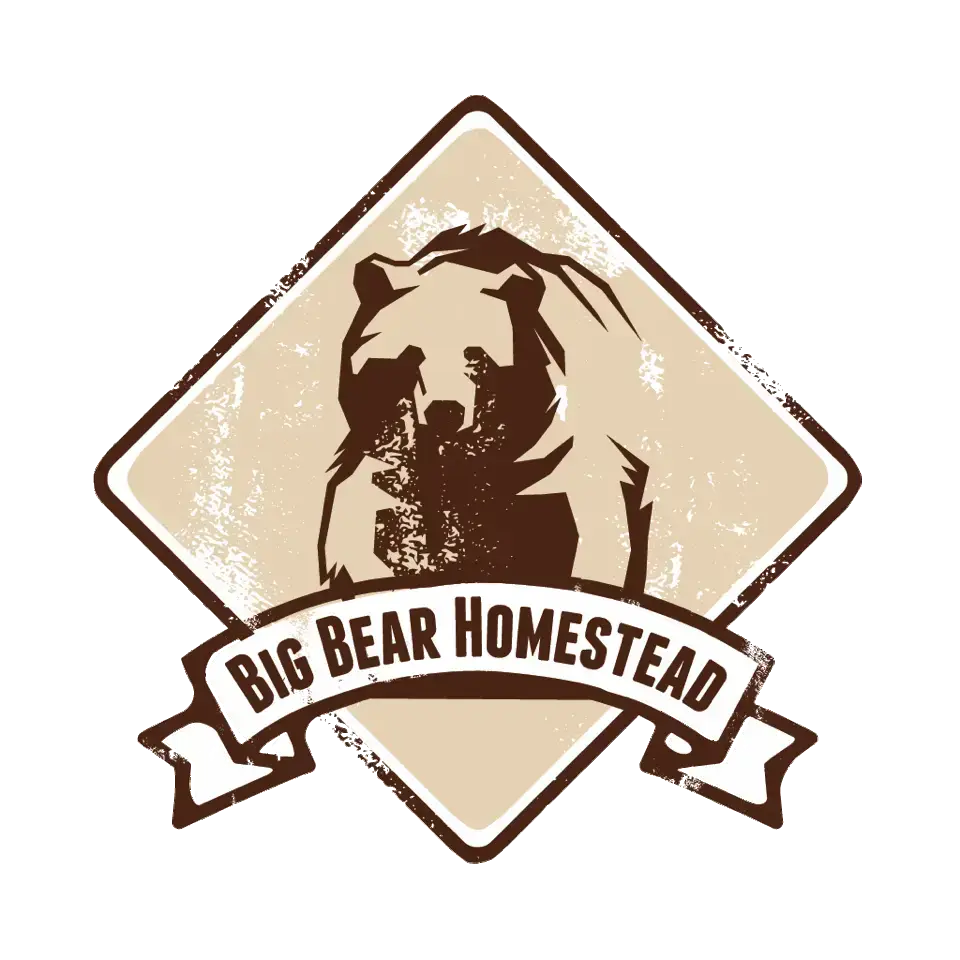The first is a dirty, sloppy, stinky animal.
 A second is a cartoon image like Porky Pig saying “That’s all folks!”
A second is a cartoon image like Porky Pig saying “That’s all folks!”
Then there is the reality of what conditions pigs live in these days.
An image that most people don’t think of is this one:
A pastured pig eating grass and rooting for bugs just days before she delivers 11 piglets.
When we first started raising pigs, we kept them in roomy pens where they would eat, poop and wallow in mud all day long. As we learned more about pigs, we turned our pigs loose onto the grassy pasture. We immediately saw less aggression in our animals and even greener grass grow out from where the pigs had been. While the animals grow slower than if they were locked in a crate and not encouraged to move or get exercise, we have found that our pigs are not only happier but tastier!
So why is it so important to raise a pig on open pasture and grass? Good question. We wondered the same thing. Pigs we saw were always raised in a confined pen to limit their movement, which would allow the pig to fatten up quicker. Our first attempt at raising pigs was a disaster because we unknowingly chose a breed that was wild. They were not interested in being confined and growing big. So we chose a different breed that would flourish in confinement, the Yorkshire pig. We thought that raising our own pigs in a roomy pen was better than the way factory farms raise pork. No disease, no medications, clean water, much better than a CAFO right? Yes, but not the BEST!
It wasn’t until our little Yorkshires turned into big Yorkshires that we realized our pens were too small to keep them happy. Obama, our Boar, showed us that no matter how strong we made our pen walls, if he wanted to he could bust out. His two girlfriends, Clinton and Pelosi, also showed us that concrete block and secured wooden pallets were no match for the strong snout of a 600 pound sow!
After a few breakouts, we decided to let them stay out of their pens during the day. We monitored the pigs health and growth, since they are not a breed that typically does well foraging….at least that is what they say (not sure who they are exactly). When we moved our homestead to Elberton, GA we had 21 acres of grass and pasture. At first we tried to keep the pigs in a very large pen. They quickly showed us that there was way too much delicious grass out there for them to stay put in one place. So, we turned them loose in the back pasture and never looked back. As long as the acorns are falling and the bugs are crawling, our pigs are happy as, well, a pig in mud!
To check out our video on how we raise our pigs now that we are on our forever homestead, CLICK HERE!





Hi, we have just cleared some acres to be used as pasture next year. There are plenty of stumps still in the ground and quite a bit of debri. Would the pigs have enough to feed on just digging through the earth this coming spring? Or would they require extra feeding?
This is hard to answer without seeing your pasture. I would turn them loose and see how they do. If a pig is hungry, trust me when I tell you that you will know! If you start to have problems of keeping them in your fenced area, this is a good indication that they are either lacking food and/or water. However, what you call debris could be a buffet of bugs and fallen acorns. So, just make sure they have water and keep an eye on them! Good Luck!